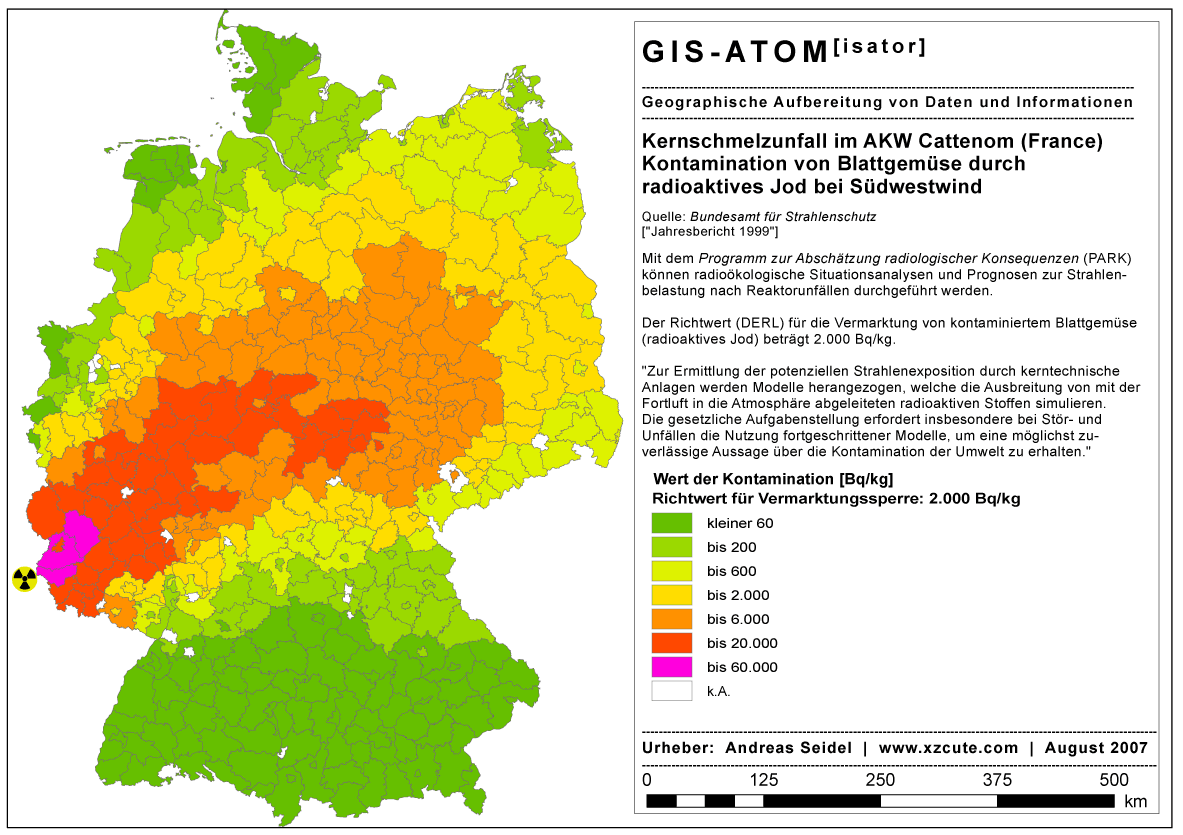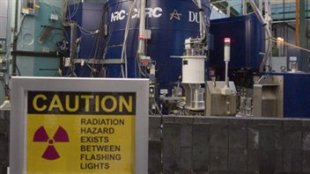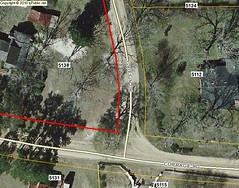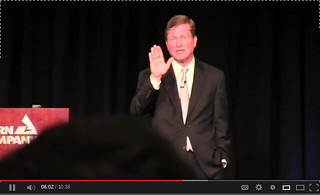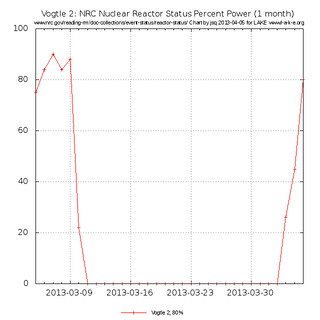Explosions in Tilbury, England, explosions in Waycross:
south Georgia wood pellet dust blowing up here and there and
producing CO2 when burned there.
Why is
“the world’s largest wood pellet plant”
a better use of Georgia foresters’ resources than solar farms,
which don’t pollute and don’t explode?
 Josh Schlossberg wrote for The Biomass Monitor 24 May 2013,
Biomass Industry Plays With Fire, Gets Burned,
Josh Schlossberg wrote for The Biomass Monitor 24 May 2013,
Biomass Industry Plays With Fire, Gets Burned,
A massive fire raged inside wood pellet silos for RWE’s Tilbury
Power Station in Essex, UK, on February 27, 2012. The biomass
incinerator—the largest in the world at 750
megawatts—had just been converted from coal to woody biomass a
month earlier. RWE claims no single cause can be attributed to the
fire, but suspects that smoldering wood pellets triggered the dust
fire.
 In a recent editorial (apparently not online),
Robert Farris
Executive Director of the
Georgia Forestry Commission,
wrote that Georgia has nine wood pellet plants.
He didn’t name them, but
Biomass Magazine has
a list of U.S. wood pellet plants,
including these in Georgia (I added the City column): Continue reading →
In a recent editorial (apparently not online),
Robert Farris
Executive Director of the
Georgia Forestry Commission,
wrote that Georgia has nine wood pellet plants.
He didn’t name them, but
Biomass Magazine has
a list of U.S. wood pellet plants,
including these in Georgia (I added the City column): Continue reading →
